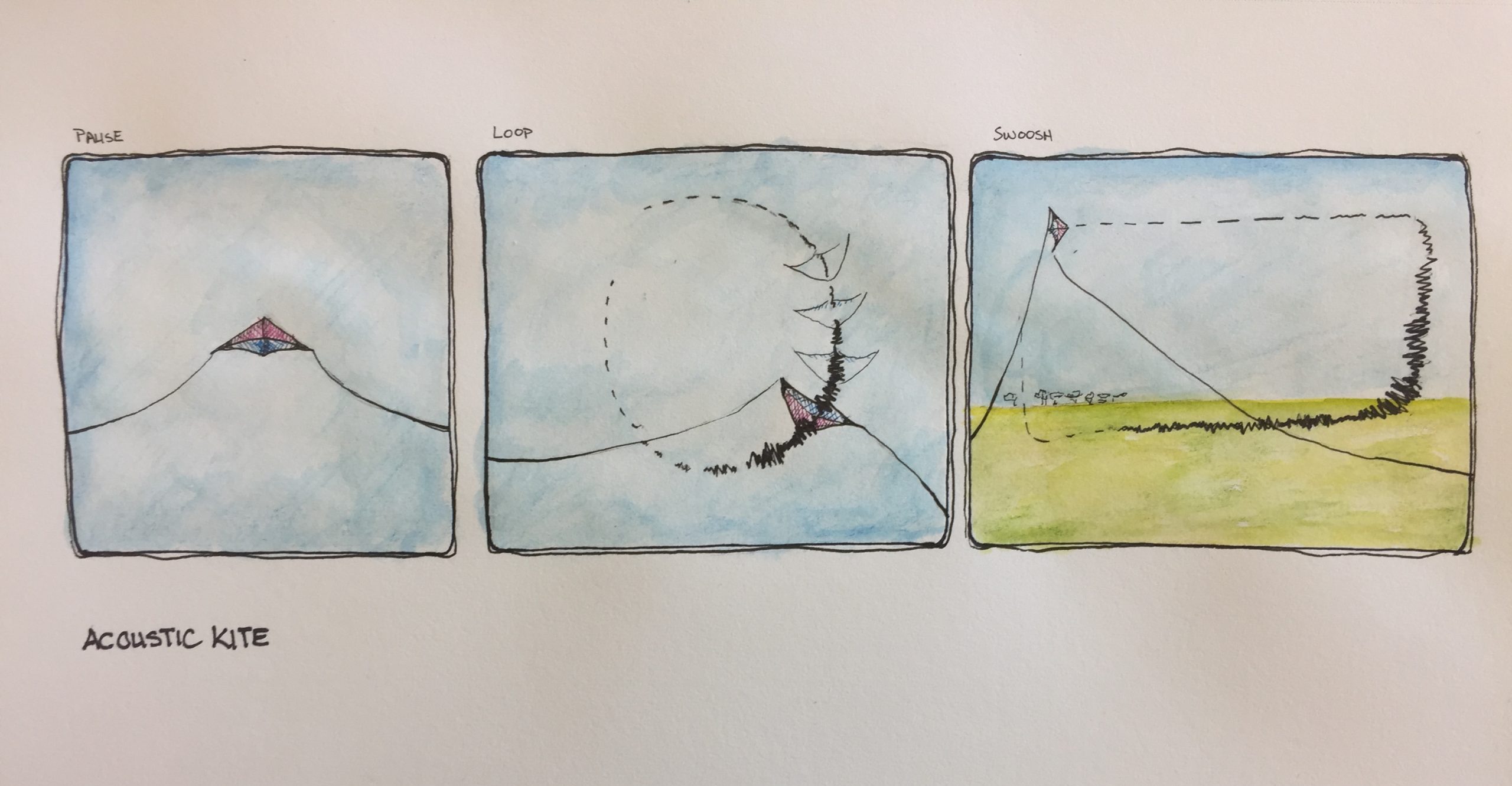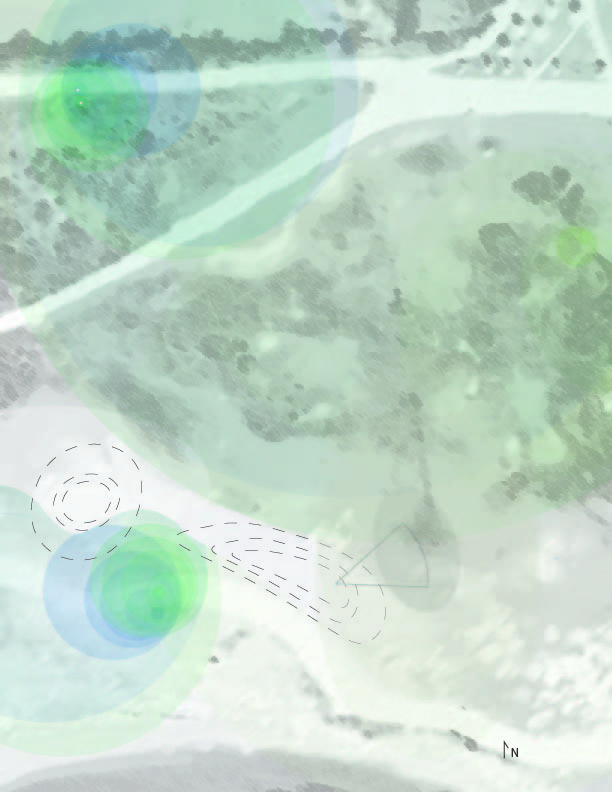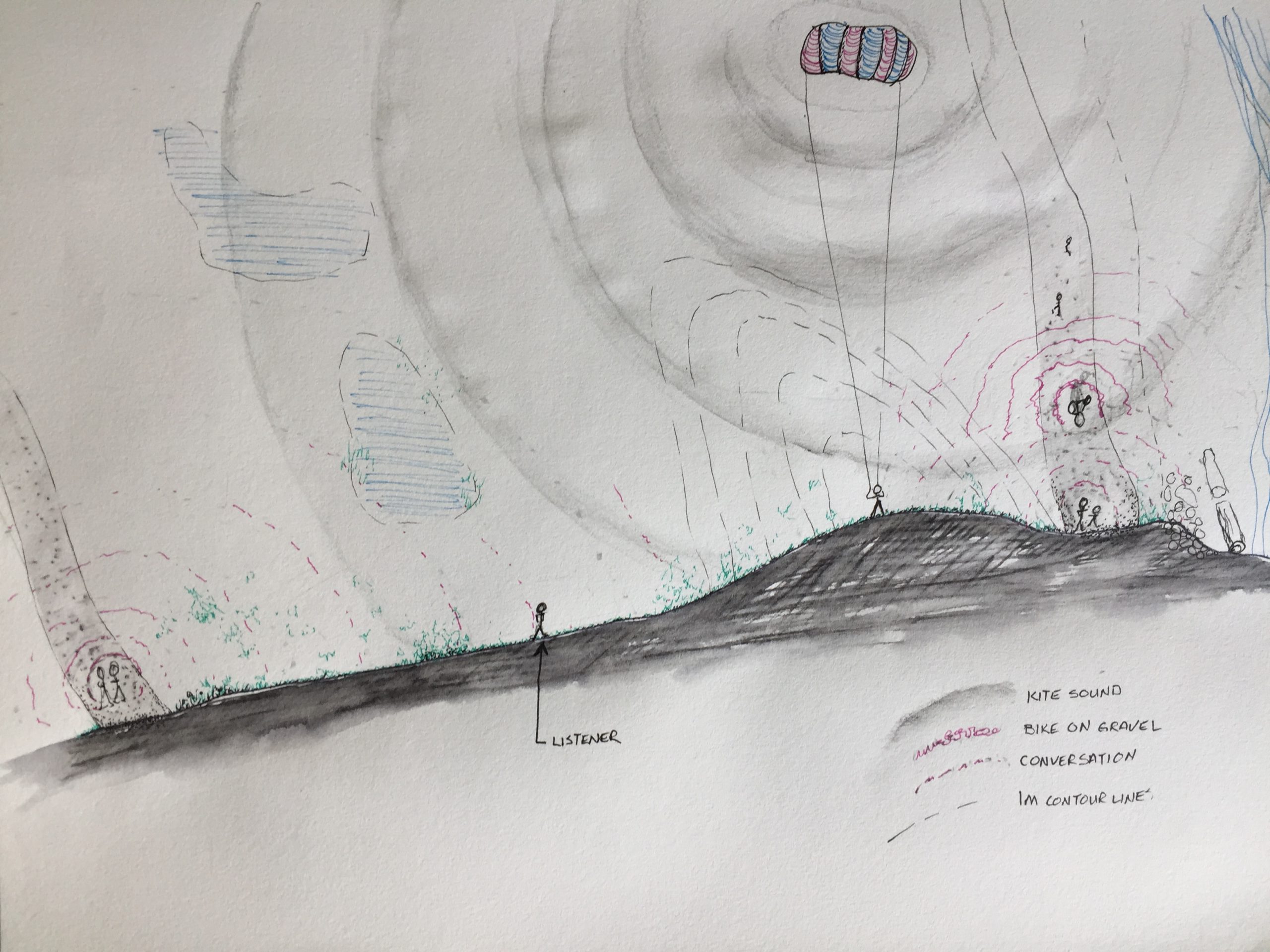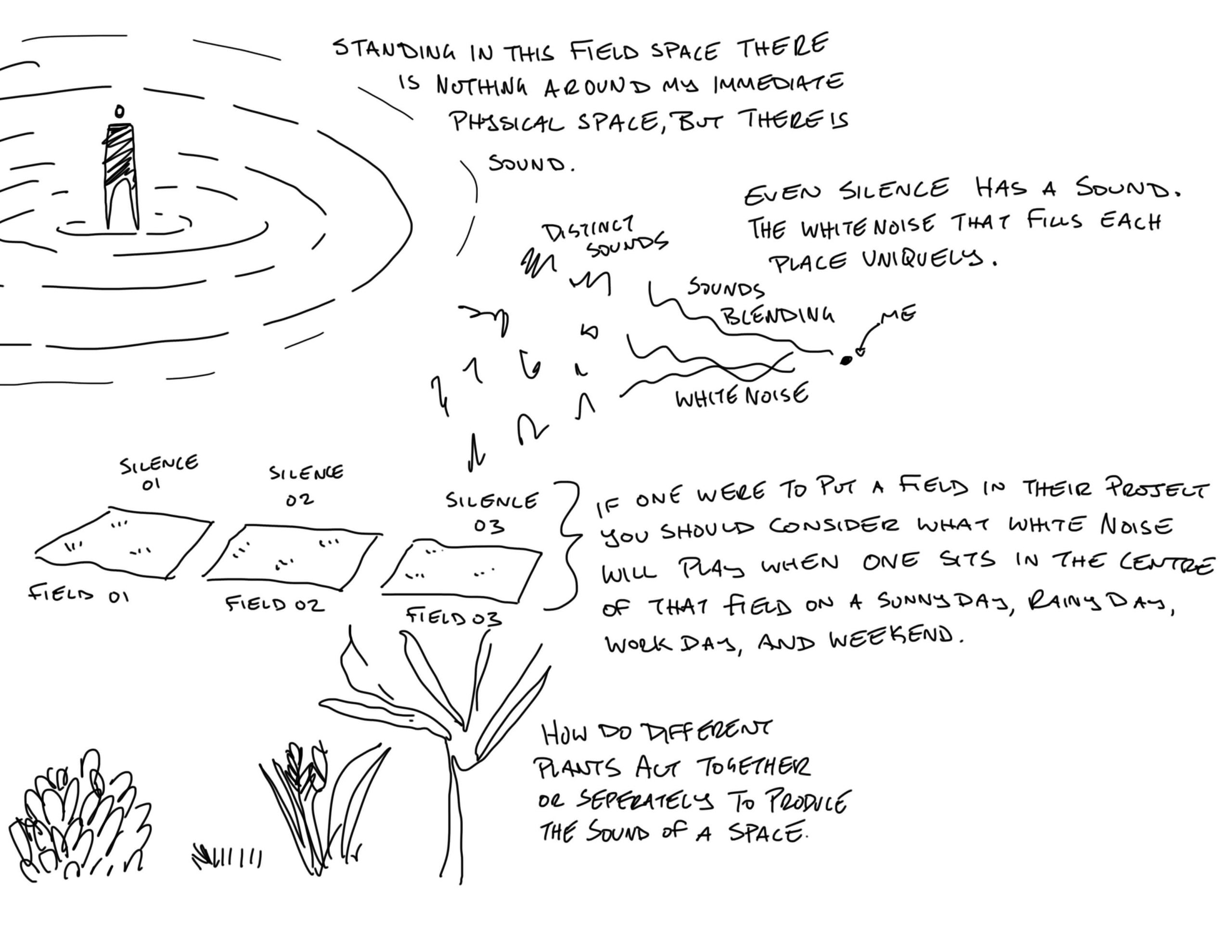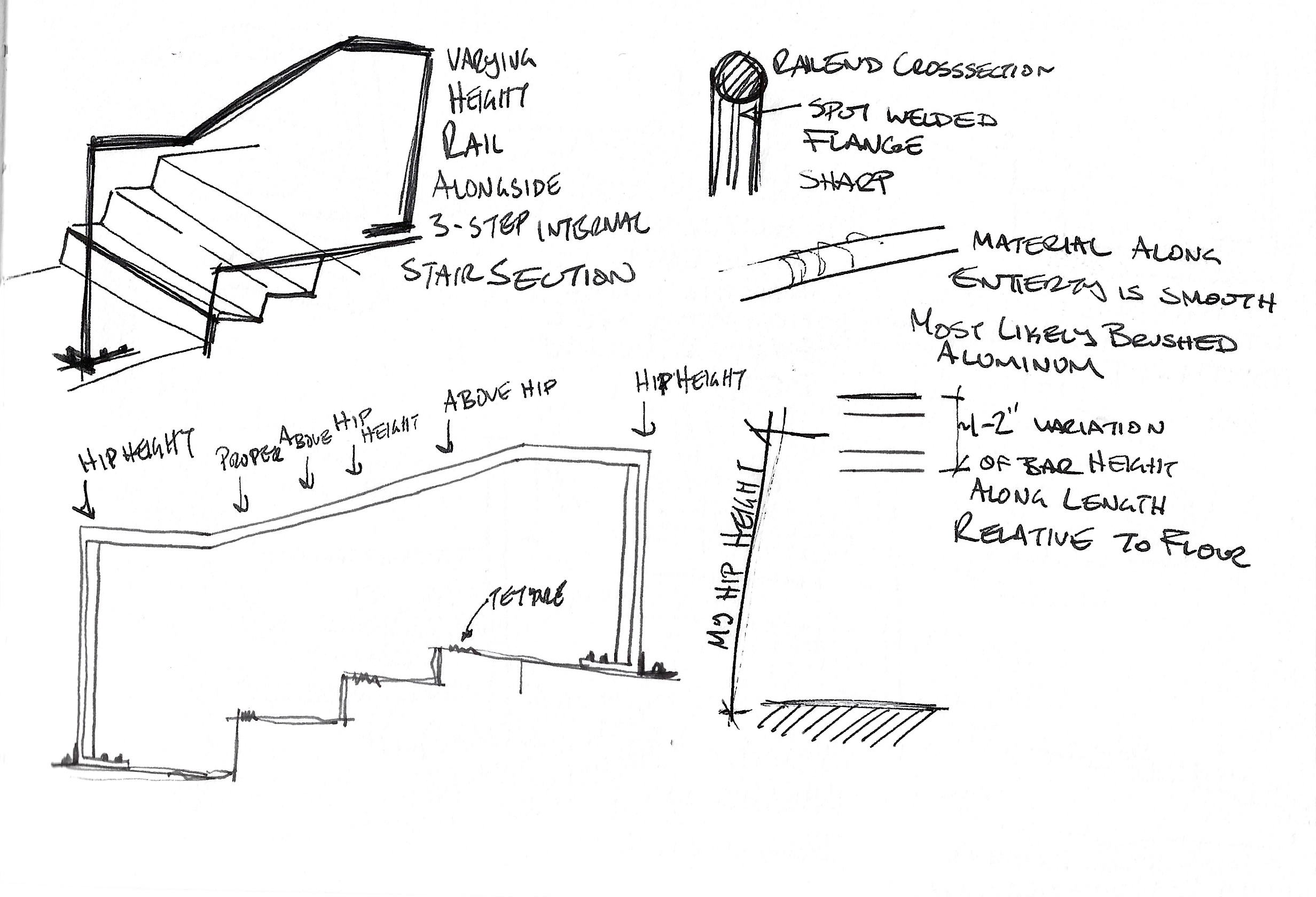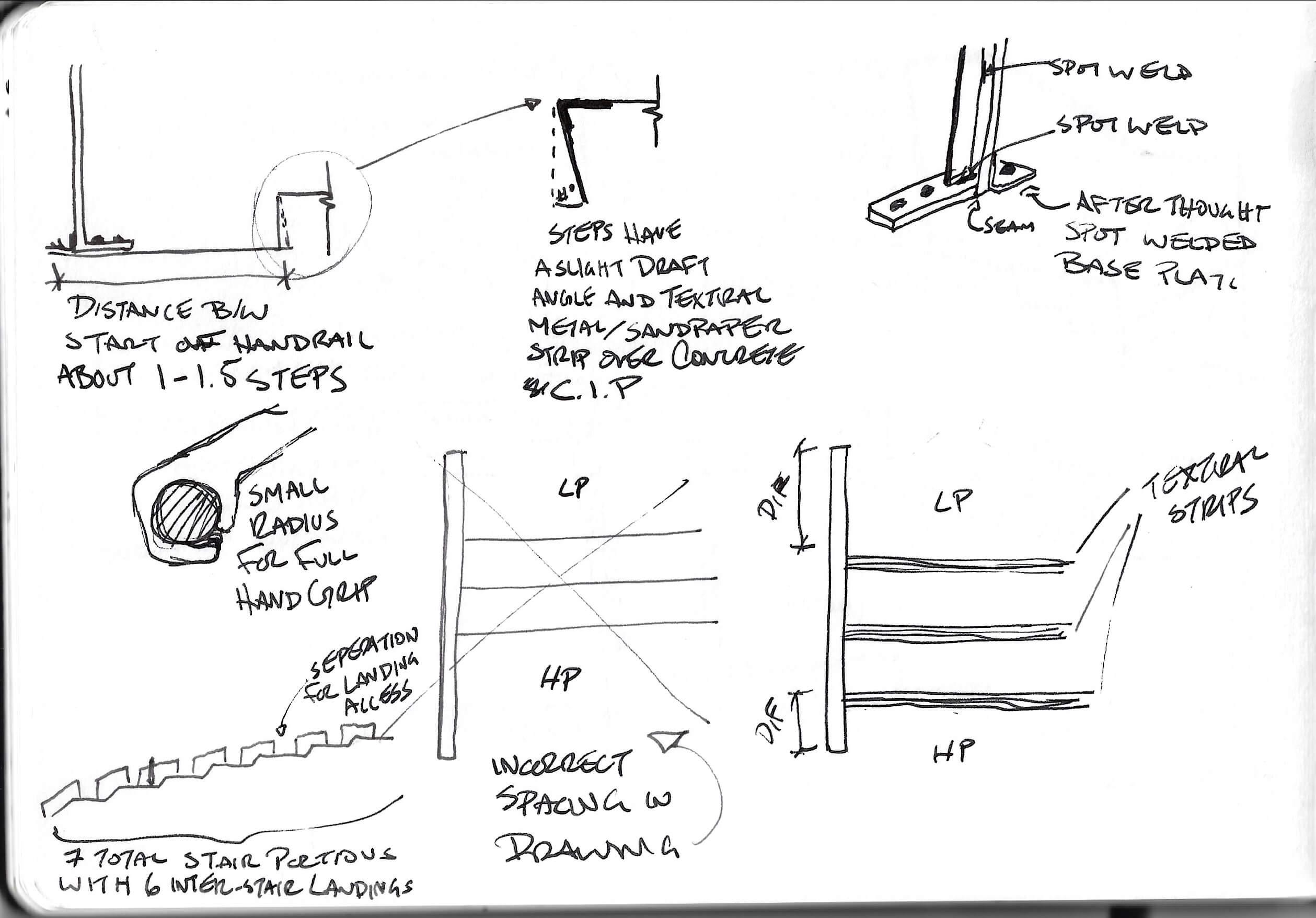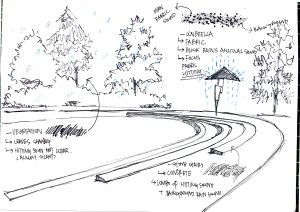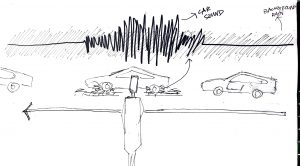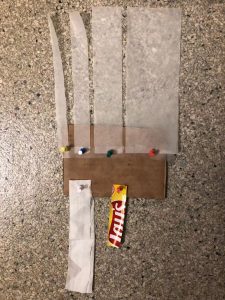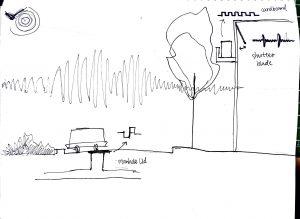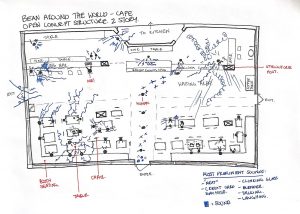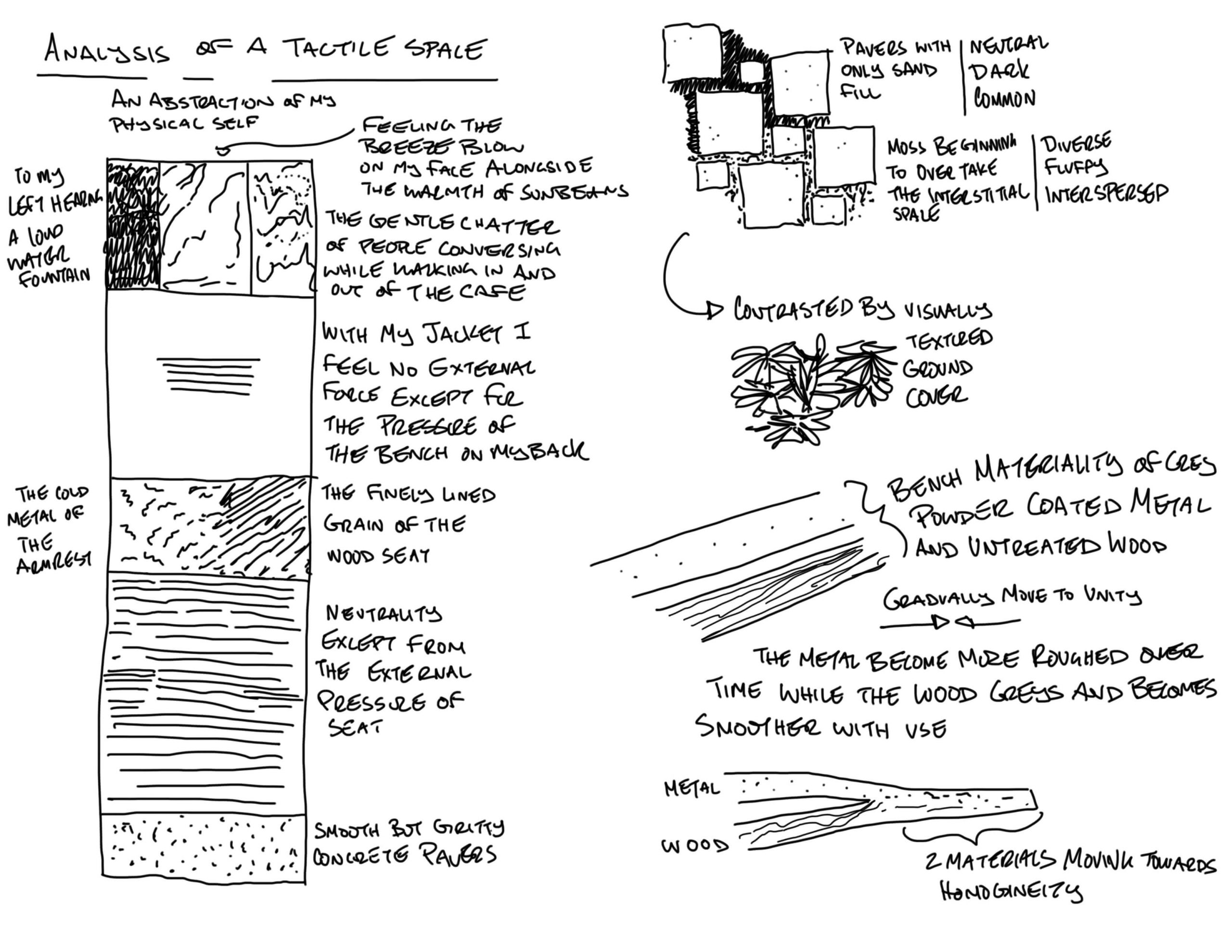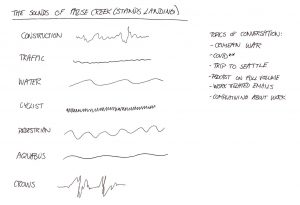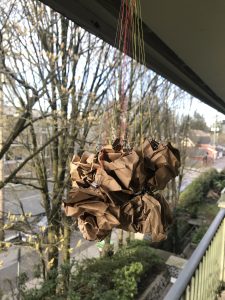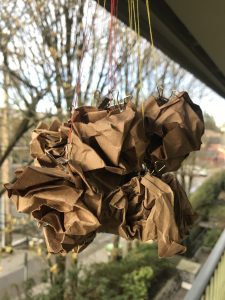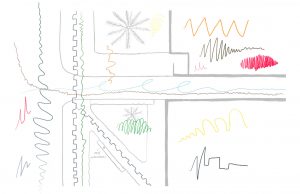In class exercise: documenting smells in English Bay and Stanley Park
site 1
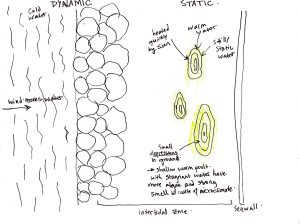
site 2

site 3
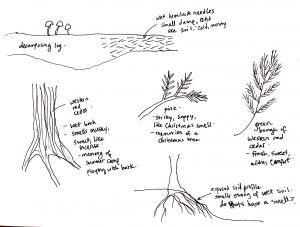
Smell notes: a smell walk through the back alleys of Dunbar on a cold, rainy afternoon. The sources of things I smelled are placed on a spectrum based on the strength of memory in the mind’s eye that was experienced when smelling each item. I compared smell-memory to vision since it is hard to describe without relating it to another sense. General observations: the experience of smell and memory are highly personal. Also, it was difficult to access memories or emotions or associations with a lot smells – but particularly with the smells of artificial things. The strongest memories for me involved natural materials, plants and food.

Documentation of four smells experienced in Camosun Bog on a warm, dry, sunny afternoon. “Concoctions” of word associations are used to describe each smell. The smells were much stronger on the warm dry walk than on the cold rainy walk.

